GED Science Diagnostic Practice Test
Exam Summary
0 of 20 Questions completed
Questions:
Information
You have already completed the exam before. Hence you can not start it again.
Exam is loading…
You must sign in or sign up to start the exam.
You must first complete the following:
Results
Results
Time has elapsed
You have reached 0 of 0 point(s), (0)
Earned Point(s): 0 of 0, (0)
0 Essay(s) Pending (Possible Point(s): 0)
Categories
- Not categorized 0%
-
If you scored less than 80%, use our recommended provider (BoostPrep) to take more practice tests to ensure you pass your exam.
- 1
- 2
- 3
- 4
- 5
- 6
- 7
- 8
- 9
- 10
- 11
- 12
- 13
- 14
- 15
- 16
- 17
- 18
- 19
- 20
- Current
- Review
- Answered
- Correct
- Incorrect
-
Question 1 of 20
1. Question
In the below chart, which of the following statements is true regarding the positive velocity gained during the acceleration period?
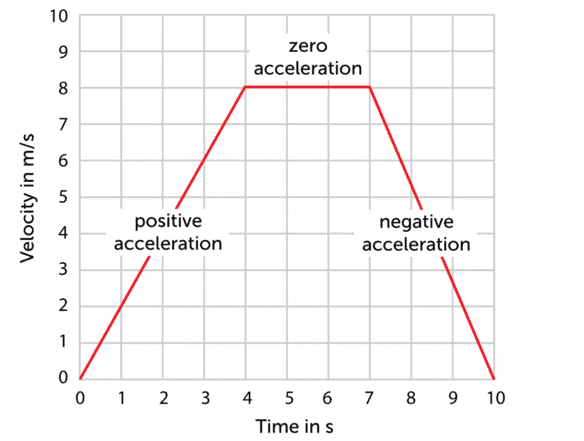 CorrectIncorrect
CorrectIncorrect -
Question 2 of 20
2. Question
According to the below chart, which of the following inferences can be made?
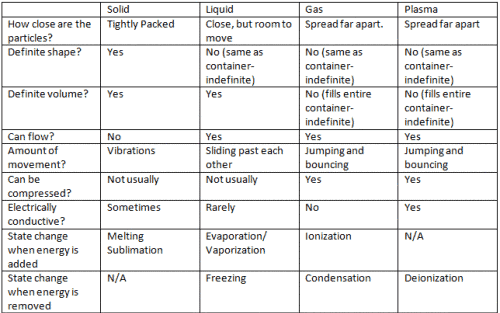 CorrectIncorrect
CorrectIncorrect -
Question 3 of 20
3. Question
The following chart lists the characteristics of metals and nonmetals. What properties of metals would contribute to them being a good option for electrical uses?
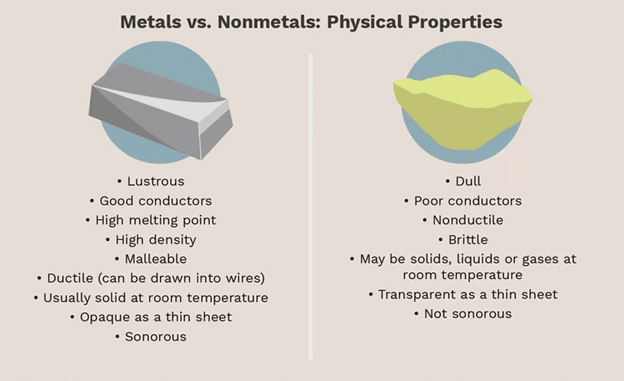 CorrectIncorrect
CorrectIncorrect -
Question 4 of 20
4. Question
In a bike race, the racers achieved the following times related to their distance. Each racer could opt to complete the full distance, a half distance, or a quarter distance.
Racer Distance (m) Time (s) 1 1600 142 2 1600 160 3 3200 330 4 3200 400 5 3200 386 6 6400 610 7 6400 625 Which racer had the highest velocity?
CorrectIncorrect -
Question 5 of 20
5. Question
The following chart indicates the different boiling points of several different organic compounds.
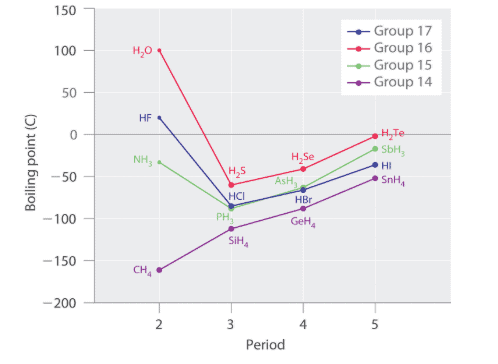
Which of the following statements is true?
CorrectIncorrect -
Question 6 of 20
6. Question
Which of the following is found in all states of matter at room temperature?
 CorrectIncorrect
CorrectIncorrect -
Question 7 of 20
7. Question
The following cladogram illustrates the evolutionary relationships and similarities of different species. Based upon this information, which of the following statements is true?
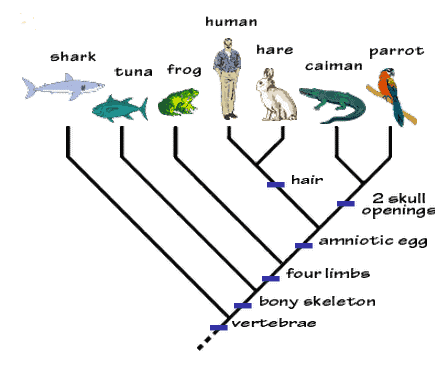 CorrectIncorrect
CorrectIncorrect -
Question 8 of 20
8. Question
The following chart shows the usage rate of biofuels in 2017 in million tons of oil equivalent (Mtoe). Based upon this data, how much of the total biofuel use is done by natural gas vehicles (NGV)?
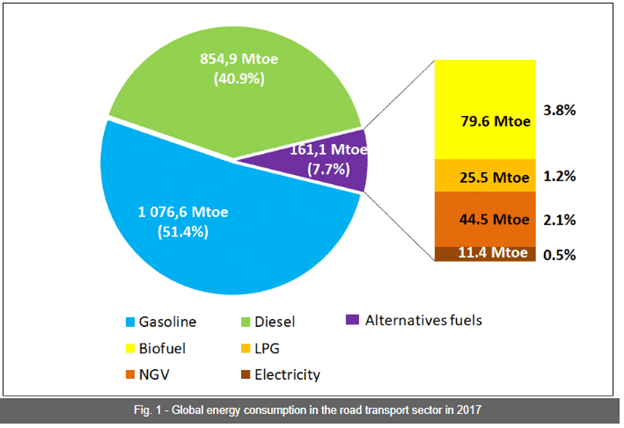 CorrectIncorrect
CorrectIncorrect -
Question 9 of 20
9. Question
In the following ecosystem, a dramatic increase in the red winged blackbird population could lead to a corresponding decrease in what other species populations?
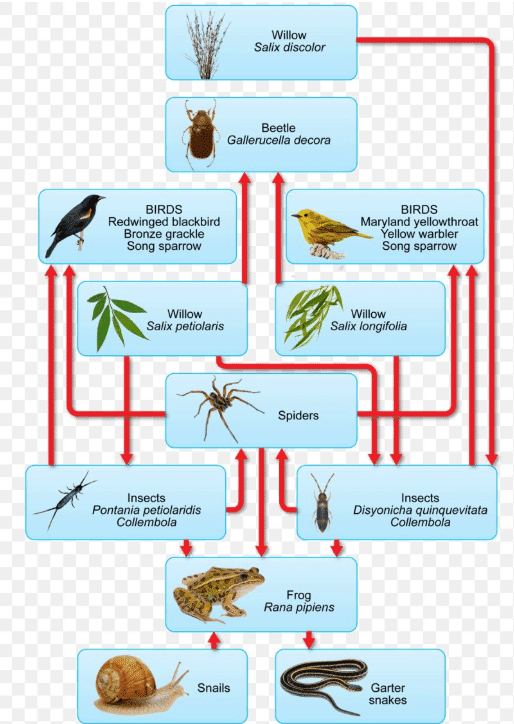 CorrectIncorrect
CorrectIncorrect -
Question 10 of 20
10. Question
Based upon the following table concerning data about the different atmospheric layers, which of the following statements is true?
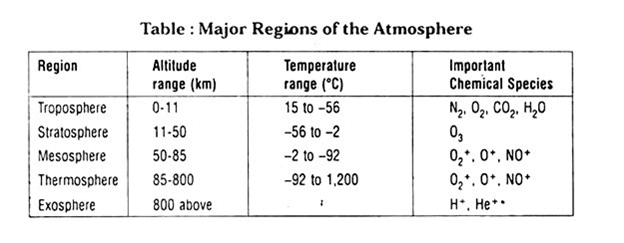 CorrectIncorrect
CorrectIncorrect -
Question 11 of 20
11. Question
The following diagram represents the electromagnetic spectrum, which displays the range of energy from low energy, low-frequency waves to high energy, high-frequency waves in nanometers, and Hertz.
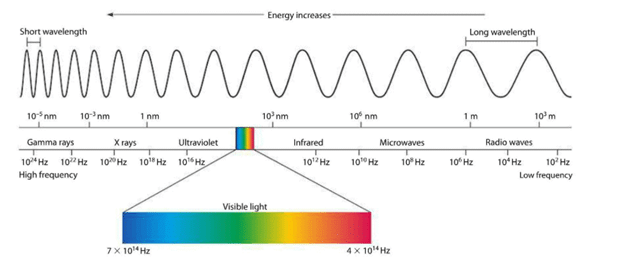
Which of the following statements is true?
CorrectIncorrect -
Question 12 of 20
12. Question
In the below chart, what is the mean time for completing 1600 meters including all racers?
Racer Distance (m) Time (s) 1 1600 142 2 1600 160 3 3200 330 4 3200 400 5 3200 386 6 6400 610 7 6400 625 CorrectIncorrect -
Question 13 of 20
13. Question
Which two compounds on the chart reflect the most extreme difference in boiling points?
 CorrectIncorrect
CorrectIncorrect -
Question 14 of 20
14. Question
According to the chart, which of the following statements is true?
 CorrectIncorrect
CorrectIncorrect -
Question 15 of 20
15. Question
In the below ecosystem, which of the following events would have an impact on every single species?
 CorrectIncorrect
CorrectIncorrect -
Question 16 of 20
16. Question
According to the following body mass index (BMI) chart, which of the following statements is accurate?
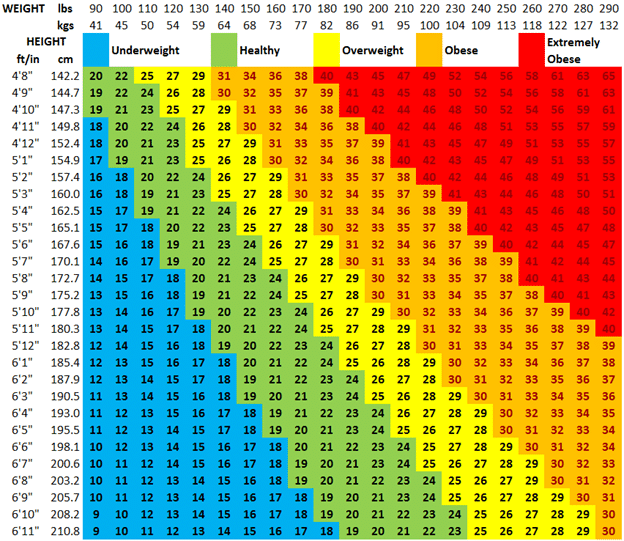 CorrectIncorrect
CorrectIncorrect -
Question 17 of 20
17. Question
Gravity is a force which tries to pull two objects toward each other. Anything which has mass also has a gravitational pull. The more massive an object is, the stronger its gravitational pull is. Earth’s gravity is what keeps you on the ground and what causes objects to fall. Gravity is what holds the planets in orbit around the Sun and what keeps the Moon in orbit around Earth. The closer you are to an object, the stronger its gravitational pull is. Gravity is what gives you weight. It is the force that pulls on all of the mass in your body.
As objects move away from the Earth, what gravitational change occurs and how does it impact the weight of an object?
CorrectIncorrect -
Question 18 of 20
18. Question
The following chart displays information about the planets in the solar system, based upon this, which of the following is true?
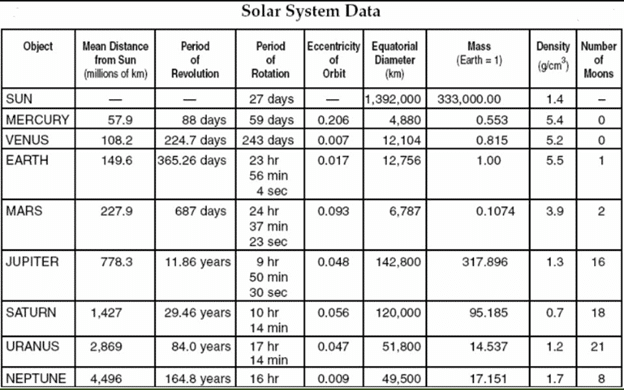 CorrectIncorrect
CorrectIncorrect -
Question 19 of 20
19. Question
In the below study, which variable would be considered the independent variable in the study’s design?
Group Dosage Results Group A 20 mg daily No change Group B 50 mg daily -2.64 (avg.) Group C 100 mg daily -5.21 (avg.) CorrectIncorrect -
Question 20 of 20
20. Question
Commensalism is a symbiotic relationship in which one species benefits while the other species is not affected. One species typically uses the other for a purpose other than food. For example, mites attach themselves to larger flying insects to get a “free ride.”
Which of the following examples demonstrates a symbiotic relationship of commensalism?
CorrectIncorrect
